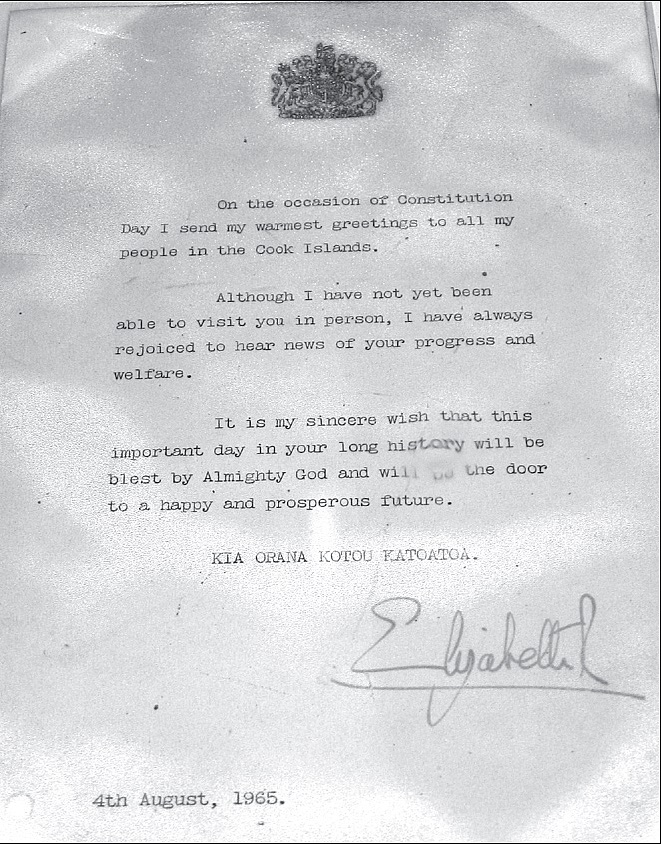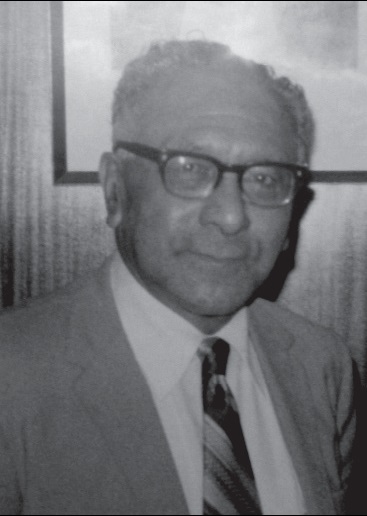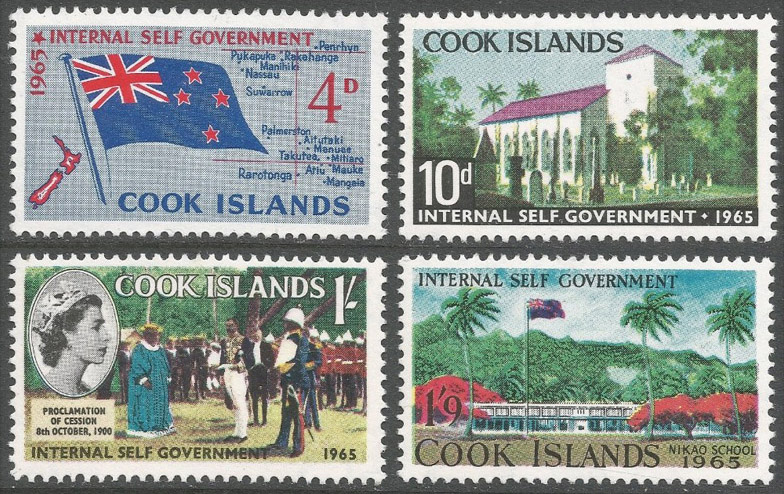CONSTITUTIONAL STATUS AND FLAG
The Cook Islands is a self governing nation "in free association with New Zealand" (Nuie is the only other country in the world to have such a designation). That means it makes its own laws and governs itself, but New Zealand is responsible for External Affairs and Defence in consultation with the Cook Islands government. All Islanders also have New Zealand citizenship and this right is protected under the constitution. His Majesty King Charles III is the Head of State (following the death of HM Queen Elizabeth II). His constitutional role on a daily basis is fulfilled by the person known as the "King's Representative". The current office holder is Sir Tom Marsters who has been in post since 2013
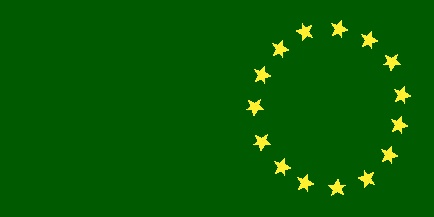
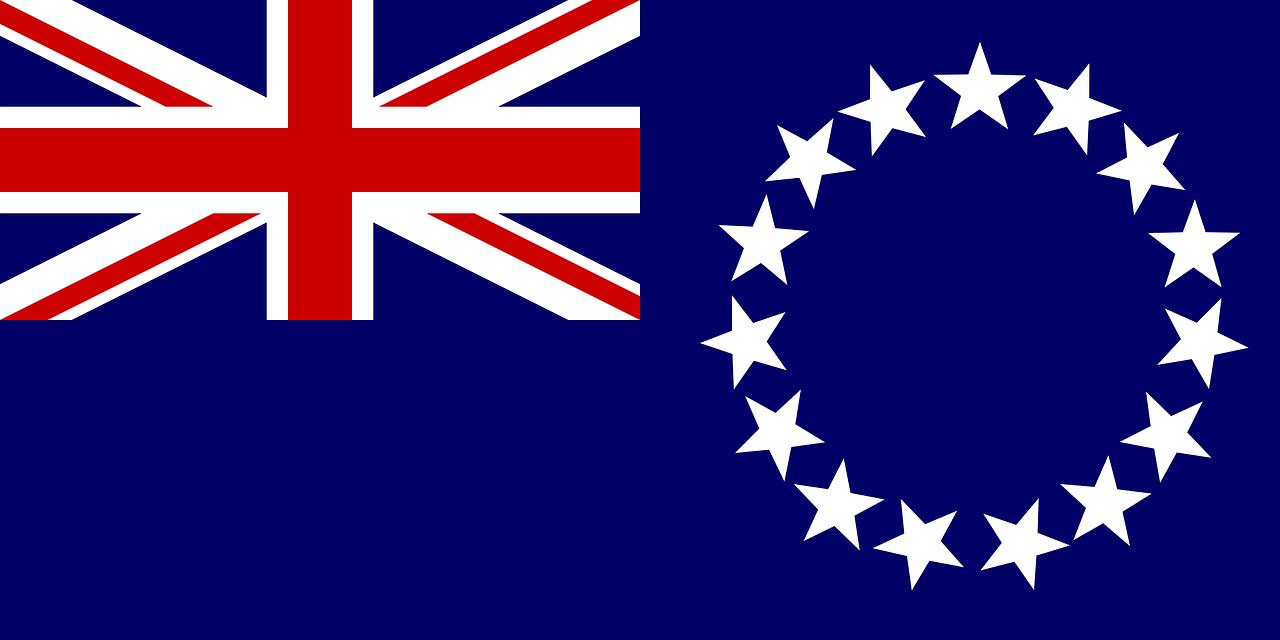
THE CONSTITUTION OF THE COOK ISLANDS EXPLAINS THE FLAG AS FOLLOWS:
BLUE is the colour most expressive of our Nation, it is representative of the vast area of the Pacific Ocean in which the islands of the Cook Islands are scattered. Blue also depicts the peaceful nature of the inhabitants of our islands. THE UNION JACK indicates our historical association with and membership of the British Commonwealth. The 15 WHITE STARS represent the 15 islands of the group
THE FIRST FLAG
The first flag was green and was adopted in1973 before being replaced in August, 1979. It was designed by the first Premier, Albert Henry who explained its meaning some years later. He
said thebackground was green, as the colour of life and everlasting
growth, fifteen stars represent faith in God, their yellow colour represents the people, their friendliness,
their hope, faith, dedication, love, and happiness and their grouping in a
circle symbolises the unity of the fifteen islands and the union between the
land and the people.
